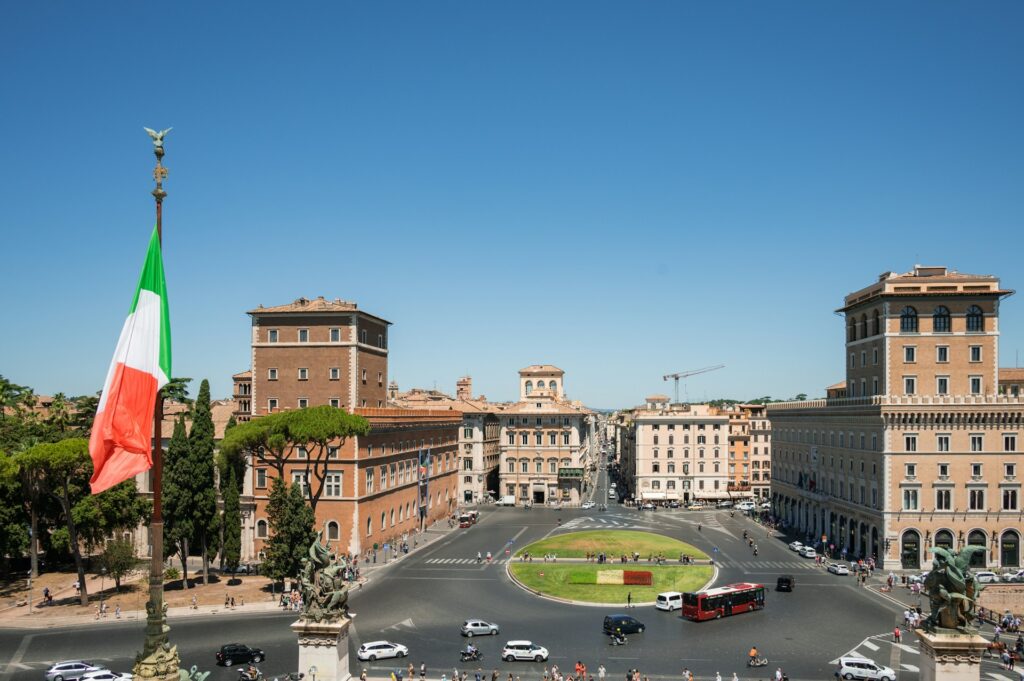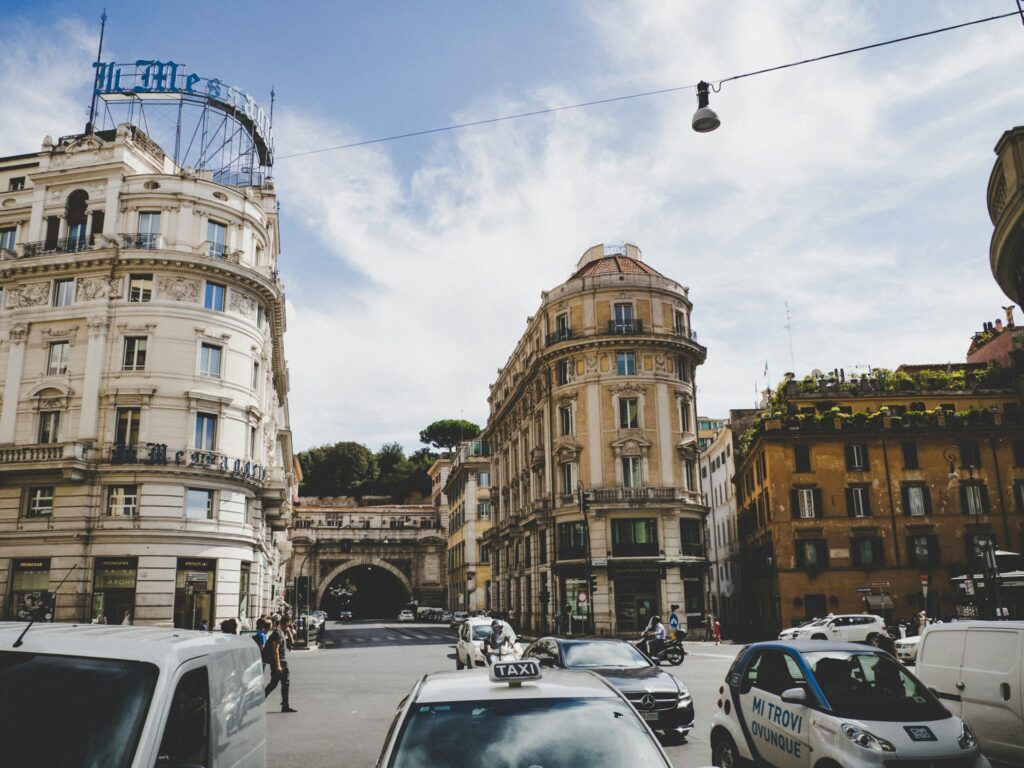
If you are thinking of taking a trip to Italy by car, there are some driving tips to consider before hitting the road. SIXT wants to make sure your car rental in Italy is a safe and worry-free experience. If you’ve brushed up on tips for driving in Europe, you’ve got a head start.
However, driving in Italy can sometimes be challenging. There are several rules that are similar to those in other European countries, but Italy also has some notable differences. That’s why we’ve put together these tips for driving in Italy.
Speed Limits in Italy
An essential factor to consider when driving in Italy is the difference in speed limits. This is essential because violating these traffic laws will result in an on-the-spot fine. However, all limits will be clearly marked should there be a change when entering or exiting certain areas.
| Built-up areas (towns, urban and residential areas) | 50 km/h (31 mph) |
| 2-lane highways and main roads. | Inside the city: 90 km/h (55 mph); Outside the city: 110 km/h (68 mph) |
| Motorways with three or more (including toll roads) | 130 km/h (81 mph) |
| During snow or severe weather | Typically 20 km/h (12 mph) lower than the original speed limit. |
Driving Rules and Regulations

There’s more to driving in Italy than just speed limits, though. Here are some rules and driving tips that you should make yourself aware of before you start your road trip in Italy:
- Be prepared for ZTLs, or Limited Traffic Zones, in cities. These are places where you’re not allowed to drive during certain times or with certain classes of vehicles. These measures are put in place to manage traffic and protect the environment. ZTLs should be clearly marked with signage, and some GPS systems can also recognize ZTLs and route you around them. If you drive through a ZTL without a special permit, you may be fined.
- Like many European nations, mobile phones are not allowed to be used when driving in Italy. Hands-free devices are permitted.
- Children under 150 cm (4 feet 9 inches) must be properly restrained in a child seat in the rear of the vehicle. Babies weighing up to 29 lbs or up to 15 months old must be in a rear-facing seat in the back of the car.
- Headlights must be used during inclement weather, such as rain, snow, or fog. You must also use dipped headlights whenever you are driving outside of an urban area.
- Seat belts are mandatory for all passengers in the front seat, and if they are fitted in the rear, they must be worn by backseat passengers, as well.
- Cars are only allowed to overtake on the left, as in other countries.
- Drunk driving is strictly prohibited and can result in a fine, the revocation of one’s license, or, under certain circumstances, both. The blood alcohol limit for driving in Italy is 0.05%, which is lower than in the US.
- It should also be noted that Italy uses a points-based system for penalties for traffic infractions. Even if you’re not Italian, this system applies to you while you’re driving in Italy. Each driver begins with 20 points, and for each infraction, they lose points. More severe infractions can cost you up to 10 points, and if you lose all 20 points, your driving test must be retaken. Infractions that can cause you to lose points include speeding, driving under the influence of alcohol, and using a cell phone while driving. If you lose all 20 points and you’re not from Italy, you may be banned from driving in the country for a specific period of time.
What to bring along
Make sure you don’t show up in Italy empty-handed! Here are some of the essential pieces of equipment and documentation that you should have with you when driving in Italy.
- Drivers will need to carry a valid ID such as a passport and/or driver’s license, along with registration and insurance papers for the vehicle. It is also mandatory that all cars are equipped with a reflective jacket (red or yellow) as well as a warning triangle in case of breakdowns. These should be included in your rental car when you pick it up – double-check that it’s there.
- You will also want to include a few useful items for your journey through Italy. For example, a map of the country and an additional map of the cities or areas you will be visiting will be very helpful. These are both valuable additions to a vehicle’s GPS navigation system.
- A tourist translation guide is also a necessity, particularly one that contains useful phrases for things like asking for directions and the pronunciation of local towns and villages.
- If you plan to drive long distances, make sure that your rental car is equipped with a spare tire.
- It is always a good idea to keep a few euros in cash on you, as well, in case you need to stop for a drink at the gas station or to pay tolls on the motorways. Most toll roads in Italy accept cards, but a few only accept cash. Alternatively, look into our prepaid toll program to make your life a little easier.
- Carry a few extra liters of water with you, as well, especially during the hot summer months.

SIXT Car Rental in Italy
We have many large branches in Italy, including stations at airports and in major cities such as Rome, Milan, Naples, Venice, and many more. SIXT Italy operates an extensive fleet of vehicle categories, including compact cars and hatchbacks, convertibles, luxury cars, and SUVs.
Ready to start your Italian road trip? Our friendly, English-speaking branch staff are here to help when you pick up your vehicle, ensuring a smooth and enjoyable experience from the moment you arrive. Now that you’re fully prepared, your Italian road trip is ready to begin!